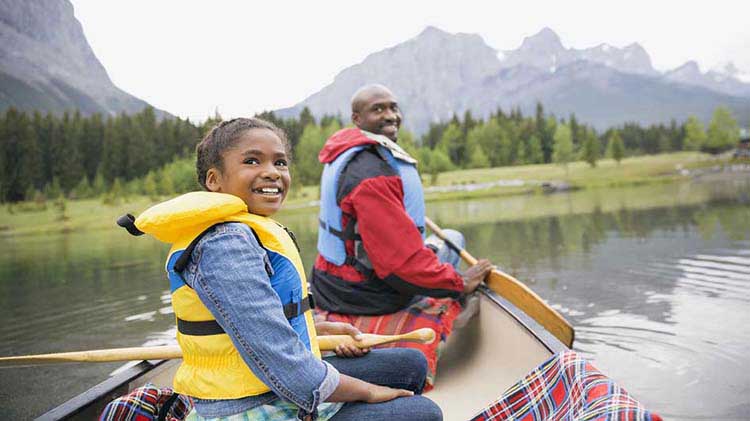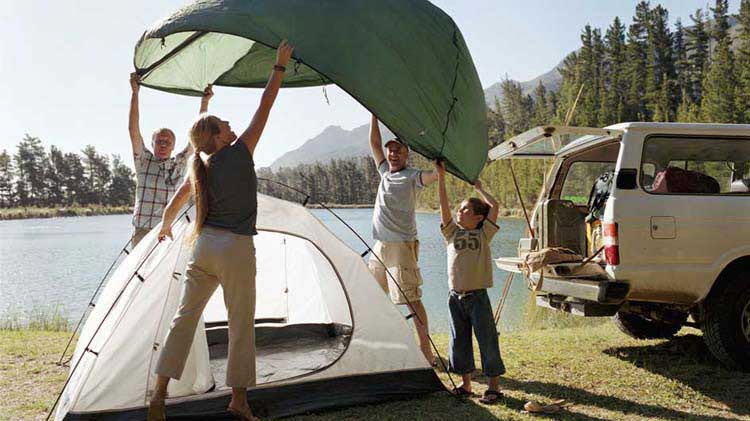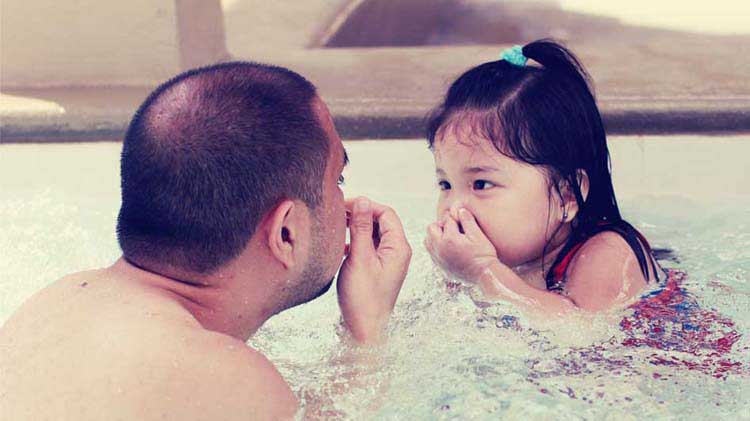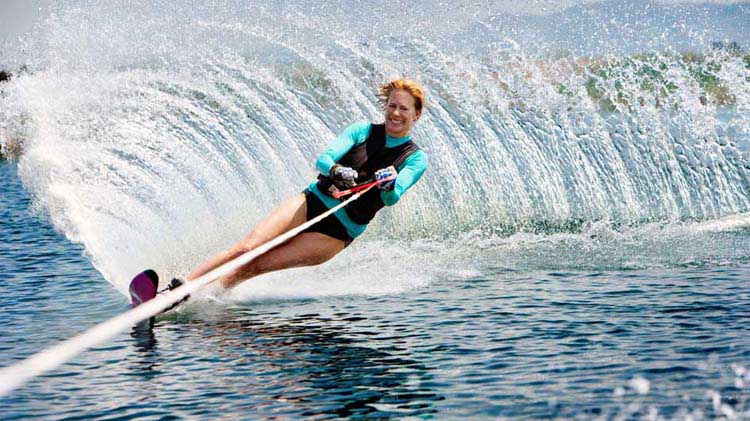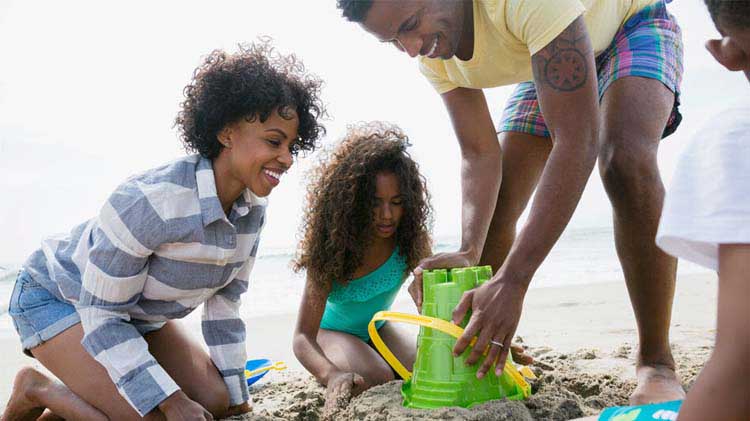Canoe and kayak safety
Things to consider for a safer canoe or kayak trip.
Summer can be a perfect time for camping, canoeing and kayaking. But the season also includes three holidays that account for more than one third of all boating-related accidents and fatalities, according to the American Boating Association. To help prevent boating mishaps, consider these safety tips.
Prepare before you canoe or kayak
Before going out on the water:
- Register your canoe or kayak with the Department of Natural Resources (DNR). Registration rules vary by state, so check with your state's DNR office for registration instructions and requirements.
- Consider a canoe or kayak safety course, especially if you're a beginner. You can find canoe and kayak safety courses through the American Canoe Association (ACA). You also may want to practice swimming in case your boat capsizes.
- Pack essentials, including basic first-aid items, sunscreen, food and water in a waterproof bag and an extra paddle.
- Bring a life jacket for each passenger, and see that all passengers wear their life jackets when on or near the water. The majority of drowning victims were not wearing life jackets.
- Think about attaching a marine whistle to your life jacket. A whistle can be heard up to a half mile away and may help you be found if you go overboard, especially when wind and waves are present. A marine whistle has no pea (ball) which allows the whistle to work even if slightly submerged.
- Check the water and weather conditions, and pay attention to any safety warnings. Rough or high water can be dangerous, even for experienced paddlers.
- If you plan to go out by yourself, let someone know where you're headed and when you plan to be back.
Safety on the water
Help make your water adventure safer with these additional tips:
- Take a friend. Going solo could bring greater risk of injury or even drowning. A buddy rescue can be easier and faster than rescuing yourself, especially if you’re injured.
- Dress for water temperature, not air temperature. Hypothermia reduces your core temperature and motor control.
- Do not stand in your canoe. Stay low and centered in your craft to help avoid capsizing.
- Tether the paddle to you or your craft. This might help reduce the chance of losing your paddle if you capsize.
- Be aware of local conditions. If you're in a new area, check on currents, shoreline conditions and weather patterns. Off-shore winds can make it difficult to return to shore.
- Wear a helmet. River and surf-zone paddling can be dangerous.
- Never mix alcohol or drugs (prescription or non-prescription) with paddling. They can reduce your ability to make good judgments or respond in the case of an emergency. You can also face federal and/or state charges with penalties of prison and fines.
- Do not exceed the weight capacity of your craft. If you're overloaded, your craft will sit lower in the water than is recommended, making it less stable and increasing the risk of capsizing.
- Check equipment for wear and tear before you paddle. Don't risk your safety by using equipment that could break or malfunction.
- Stay hydrated. Drinking water before, after and several times each hour while paddling can help you stay hydrated. Children are particularly susceptible to dehydration.
You may also want to know how to:
- Navigate different bodies of water. On a river, avoid "strainers" — such as fallen trees — that could trap you. For ocean kayaking, stick close to shore and learn how to handle wind speed and wave height.
- Share the water with other boats. On busy or commercial waters, navigate outside the green and red buoys. Never try to "beat" a motorboat — let them pass. Wear bright clothing and use proper lighting so others can easily spot you.
- Handle capsizing. Try to stay with your boat — many times (undamaged) boats will float even if they are full of water.
After properly preparing your watercraft, canoeing and kayaking can make for a nice relaxing way to spend your day. And if you’re into bigger boats, consider checking out more tips about boat safety, maintenance and insurance. If you have questions about coverage for your canoe or kayak please reach out to a State Farm® agent.
